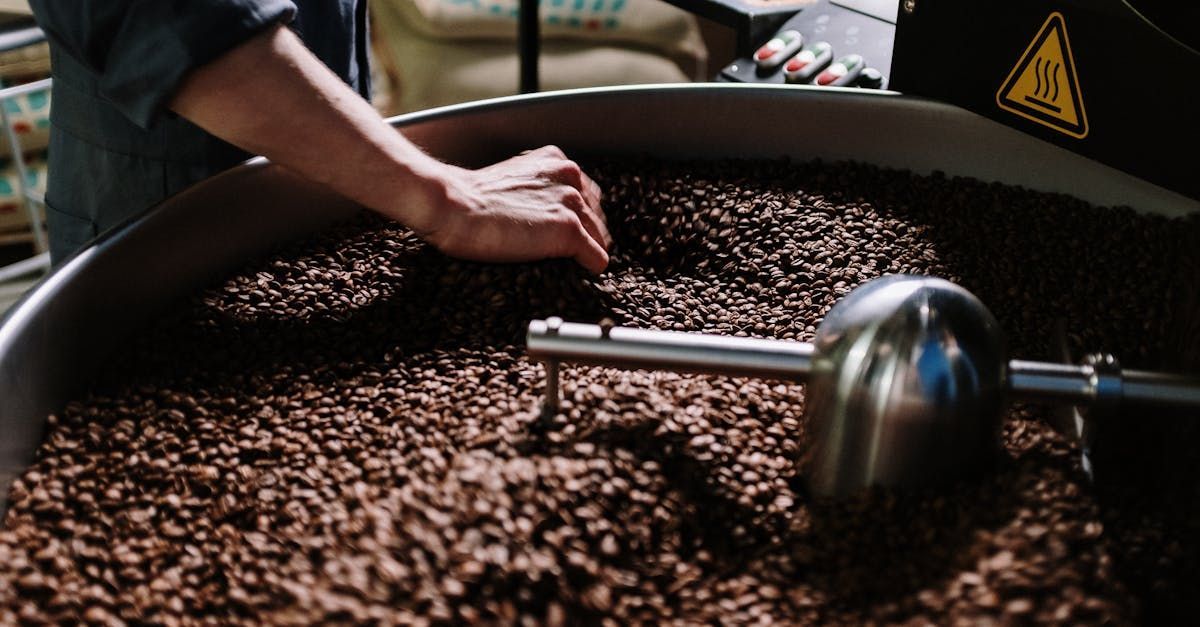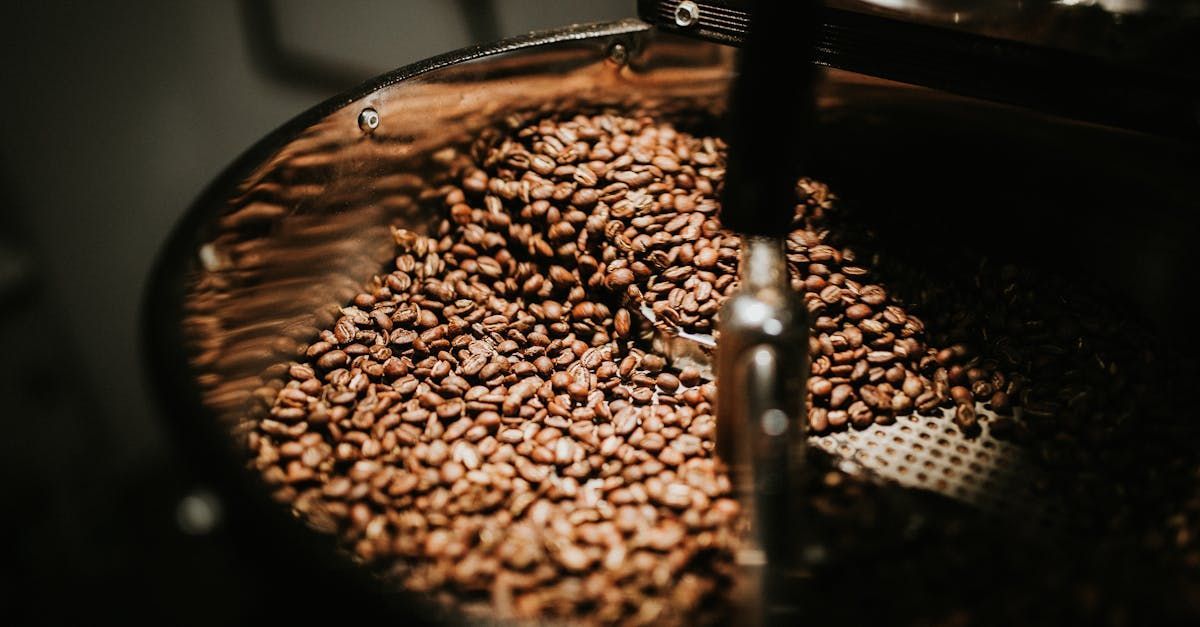From Bean to Brew: The Origins of Coffee and Its Global Journey
Introduction
Picture a world without coffee—the comforting aroma that greets us every morning, the bold flavors that define our routines, and the shared moments of connection it fosters. Coffee is more than just a drink; it’s a global phenomenon steeped in history and culture. Its story is as intricate and captivating as its flavors. Let’s dive into coffee’s extraordinary journey, starting in the ancient Ethiopian highlands and spanning the globe.
I. The Legendary Discovery in Ethiopia
Our journey begins in Ethiopia in the 9th century, amidst the verdant slopes of the Kaffa region. Legend has it that a curious goat herder named Kaldi noticed his goats frolicking with unusual vigor after nibbling on bright red berries from an unfamiliar shrub. Intrigued, Kaldi tried the berries himself and felt a surge of energy.
Eager to share his find, Kaldi brought the berries to a local monastery. Initially skeptical, the monks dismissed the berries. However, one monk decided to brew them into a drink. The result? A beverage that kept him alert through late-night prayers. Word of this miraculous concoction spread across the monastery and eventually throughout Ethiopia.
Today, coffee remains an integral part of Ethiopian culture. The traditional Ethiopian coffee ceremony—a communal act of roasting, grinding, and brewing—is a cherished ritual symbolizing hospitality and friendship.
II. Coffee’s Spread to the Arabian Peninsula
By the 15th century, coffee had crossed the Red Sea into Yemen. It flourished there, with the city of Mocha emerging as a pivotal trading hub—so much so that "mocha" became synonymous with coffee.
In Yemen, the drink was named "qahwa" and embraced by Sufi monks to sustain their devotion during long, meditative nights. The practice of roasting coffee beans originated here, revolutionizing how coffee was prepared and consumed. Coffee houses, known as "qahveh khaneh," began to pop up across the Arabian Peninsula, becoming vibrant social centers where people gathered to discuss news, music, and poetry.
Although Yemen sought to monopolize coffee cultivation, tales abound of traders and pilgrims smuggling fertile coffee beans, paving the way for the drink’s spread to the wider world.
III. Arrival in Europe
By the 17th century, coffee had made its way to Europe, courtesy of Venetian merchants trading with North Africa and the Middle East. At first, it was met with suspicion, with some even dubbing it the "bitter invention of Satan." Legend has it that Pope Clement VIII tasted the beverage and, rather than condemning it, declared it worthy of baptism, effectively giving coffee the Church’s blessing.
With this endorsement, coffee’s popularity skyrocketed. Coffee houses quickly became the heartbeat of European cities such as Venice, Paris, London, and Vienna. These establishments weren’t just cafes—they were hubs of culture and conversation, where intellectuals, artists, and politicians gathered. In England, coffee houses earned the nickname "Penny Universities," as a single penny granted access to stimulating discussions and fresh ideas.
IV. Expansion to the Americas
Europe’s colonial powers soon recognized coffee’s potential and sought to cultivate it in their territories. The Dutch successfully grew coffee in Java and Ceylon (modern-day Sri Lanka) during the late 1600s. In 1714, a coffee plant was gifted to King Louis XIV of France, later transported to Martinique by naval officer Gabriel de Clieu.
From Martinique, coffee spread throughout the Caribbean, Central America, and South America. Brazil, receiving its first coffee plant in 1727, became the world’s largest coffee producer by the 19th century—a distinction it still holds today.
However, this expansion came at a cost. The establishment of vast coffee plantations often relied on the exploitation of enslaved and indigenous peoples. Large-scale cultivation also caused significant environmental destruction, with forests cleared to make way for coffee crops.
V. Globalization of Coffee Culture
Today, coffee ranks as one of the world’s most valuable commodities, grown in over 70 countries and supporting millions of livelihoods. Each region has cultivated its own distinctive coffee culture:
- Italy: Known for inventing the espresso, Italy has a rich coffee tradition centered around quick, bold shots enjoyed throughout the day.
- Turkey: Famous for its strong, unfiltered brew, Turkish coffee is steeped in rituals and often paired with fortune-telling.
- United States: The U.S. popularized "to-go" coffee and pioneered global coffee chains, spreading American coffee culture worldwide.
- Ethiopia: The birthplace of coffee honors its heritage through elaborate ceremonies that emphasize hospitality and connection.
In recent years, the specialty coffee movement has reignited interest in the origins of coffee. Emphasizing single-origin beans, sustainable practices, and artisanal brewing techniques, this movement has inspired a deeper appreciation for the stories behind every cup.
Conclusion
From the legendary tale of Kaldi and his energetic goats to the dynamic coffeehouses of modern cities, the journey of coffee is a testament to cultural exchange, innovation, and the human spirit. Every sip of coffee we enjoy carries with it centuries of history and a narrative of global interconnectedness.
The next time you enjoy your brew, pause to reflect on the incredible odyssey that brought those beans from distant fields to your cup—a journey spanning continents, cultures, and generations.
Call-to-Action
If coffee’s story captivates you as much as it does us, stay connected with us at Kalihandco.com for more fascinating insights, tips, and stories about the world of coffee. Have a favorite coffee tradition or memory? Share it with us in the comments below—we’d love to hear your stories!


We are Open
- Mon - Wed
- -
- Thu - Fri
- -
- Saturday
- -
- Sunday
- Closed
Subscribe to Get Our Special Offers
Subscribe to Get Our Special Offers
Thanks for subscribing. You'll be the first to hear about new items and special offers.
Please try again later.





